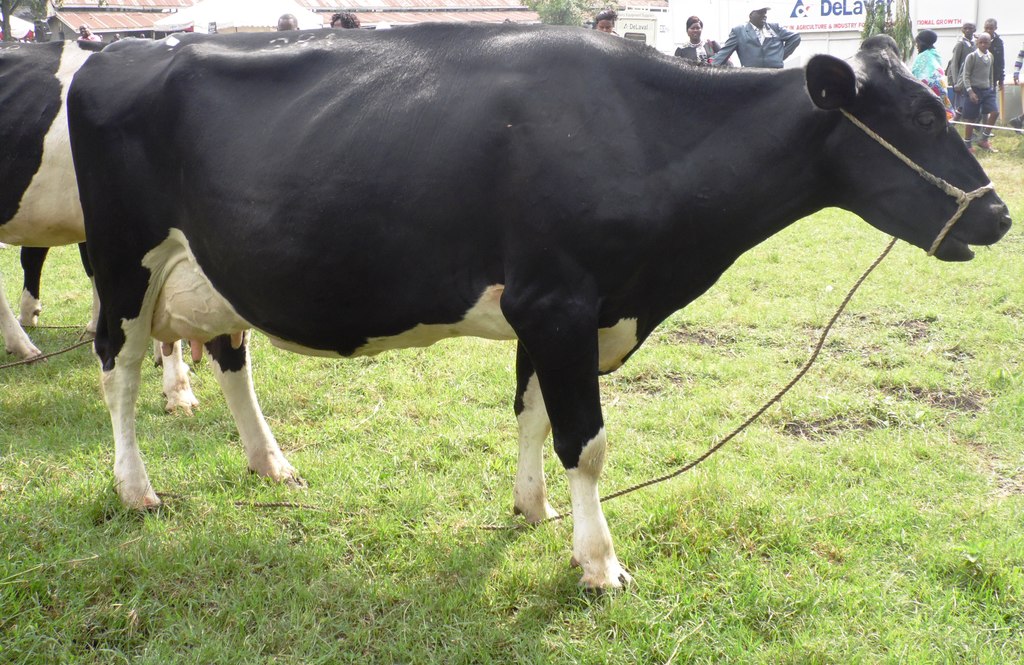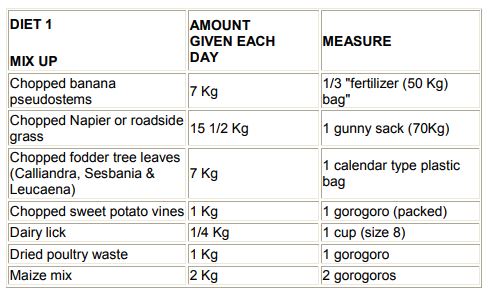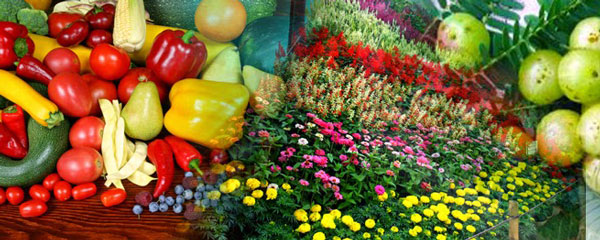Smallholder farmers in Kenya face many challenges during the dry season due to dwindling feed for their animals. Farmers usually lack good quality feed that can enhance milk production as their animals depend on various grasses which are only available in abundance during the wet season. As such, poor feeding leads to poor health and low milk production hence farmers get low income from their cows/goats.
READ ALSO: How to get a fertile cow for more milk and calves
Four diets for more milk have been tested by the scientists at the Kenya Agricultural and Livestock Research Organization and farmers in the highlands of western Kenya.
The first step for farmers is to think about the feeds they have on their farms and identify what their cows/goats need. Good fed cows must have at least one food from each of the three sources: Proteins, energy and minerals.
Energy foods available for smallholder farmers currently include natural grasses, Napier grass, and reject maize. Protein food includes bean straw and sweet potato vines whereas food that fills includes banana pseudostems and maize stovers.
READ ALSO: Bomet farmer earning over half a million shillings monthly from dairy farming
It is important therefore for farmers to ascertain extra diets that can improve on their livestock health and enhance milk production.
To increase energy farmers need to provide their cows with molasses, maize and wheat germ. More protein sources can be found in fodder trees (Calliandra, Sesbania & Leucaena), desmodium, poultry waste, lucerne, omena and sunflower. For minerals, dairy lick should be provided.
READ ALSO: Exotic cow multiplies milk yield for farmer
Examples of balanced diets to be fed on dairy cows for more milk
Diet 1
This diet can give farmers up to 8.5 bottles of milk. It will cost KES 29 a day and gives KES 89 a day. Farmers will need a quarter of an acre of Napier grass or roadside grass to feed their cows all year round.
Diet 2
This diet can give 12 bottles of milk. It costs KES 51 a day to and gives you up to KES 120 a day.
Diet 3
This diet can give you up to 13 bottles of milk. It costs KES 52 a day and gives you up to KES 130 a day.
Diet 4
This diet can give you up to 13 bottles of milk. It costs KES 60 a day and gives you up to KES 130 a day.
Write comment (0 Comments)






















